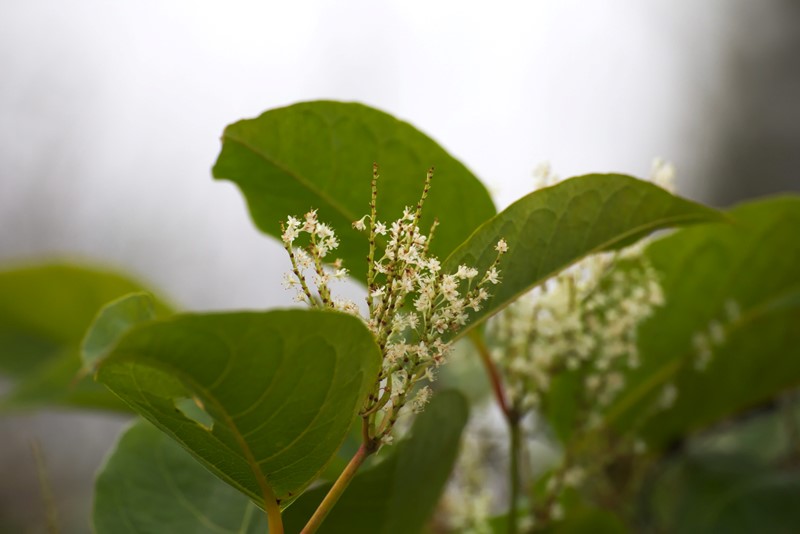The Supreme Court decided on the issue of compensation for neighbouring owners due to an invasion of Japanese knotweed. It ruled that landowners are not automatically liable for all damages, but only for those occurring as a result of the breach of the duty to treat Japanese knotweed.
Background:
Mr. Davies started proceedings against the Council for nuisance due to an invasion of Japanese knotweed onto his land. When he bought the land in 2004, Japanese knotweed was already spreading on the land although, at that time, the encroachment of Japanese knotweed onto neighbouring land was not an actionable private nuisance.
It became actionable in 2013 when the official guidance of the Royal Institute of Chartered Surveyors was published which required councils to implement reasonable and effective treatment programmes. The Council however failed to implement such a programme until 2018. Ms. Davies brought a claim for damages against the Council. The District Judge found that the Council was in breach between 2013 and 2018 but dismissed the claims for damages. The Court of Appeal (CoA) found in favour of Mr. Davies and he was entitled to a diminution in value. The Council appealed to the Supreme Court.
Decision:
The Supreme Court allowed the appeal and unanimously overturned the CoA’s decision, ruling that Mr. Davies was not entitled to any damages.
The approach taken by the CoA was problematic from a practical perspective, as the damages occurred before the breach arose. For the Supreme Court, the key issue is not whether damages for diminution in value were recoverable, but rather what are the consequences of finding that the Council was not aware of the Japanese knotweed before 2013. Lord Stephens, giving the leading judgement, noted “If the diminution in value would have occurred in any event, then the defendant’s breach of duty is eliminated as a cause of the diminution in value so that there would be no causal link between the defendant’s breach of duty and the diminution in value”. Indeed, since the Japanese knotweed was already present before 2013, the diminution in value had already occurred before the breach.
Practical Implications:
This case clarifies the basis on which a diminution in value may or may not be awarded where Japanese knotweed is involved. It made it clear that it is not possible to claim damages caused by encroachment of Japanese knotweed when the weed was already present before 2013.
This judgement reiterated the importance of the ‘but for’ test to prove causation in a nuisance claim. Any claimant will have to prove that the diminution in value is the result of inadequate treatment after 2013, at which juncture the Royal Institute of Chartered Surveyors’ report was published and councils started to be under a duty to implement reasonable and effective treatment programmes.
Finally, it also means that the owner of the land from which Japanese knotweed spread is not automatically liable for all losses on the affected land. Instead, the landowner will only be liable for identifiable losses resulting from a breach of their duty to treat Japanese knotweed. Those losses could include an increase In treatment costs or any diminution in value if it is attributable to the breach. Claimants will have to provide expert evidence of the separate diminution in value caused after the initial encroachment which makes it difficult to pursue.
To reduce any liability, ensure that – if you are notified of Japanese knotweed – you must take the appropriate and reasonable steps to treat it.

